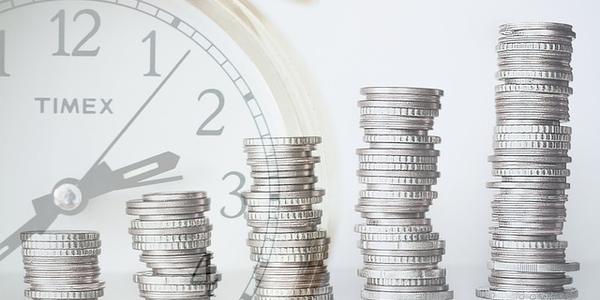
As I’ve reviewed thousands of data points from growing SaaS companies, I’ve identified growth indicators beyond the ‘highlights’ that most VC firms look at — and ones that are more relevant to today’s scrupulous funding environment. The predictability of a startup’s viability and success goes deeper than total addressable market (TAM) — way deeper.
The Rise of Sustainable Growth
In the heyday of VC-backed growth, startups had to lock in just two key metrics to secure funding: TAM and revenue growth; the larger the better. But the downturn of early 2022 brought another priority to the forefront: sustainable growth. It’s tricky because it’s not a single metric — it’s more of a movement.
In many ways, sustainable growth looks different across industries and products, but for the average SaaS company, it’s underpinned by one core concept: increasing efficiency. This is where the industry shines, and I’ll outline why below.
The Importance of Efficiency in SaaS
Sustainable growth is about creating long-term value, not just short-term gains. It’s about building a business that can scale without burning cash or sacrificing quality. In SaaS, this means maximizing revenue per user, reducing churn, and increasing customer lifetime value.
But how do you measure sustainable growth? Here are some key metrics to focus on:
1. Revenue Per User (ARPU)
A higher ARPU indicates that your customers are generating more revenue for your business. This is a strong indicator of sustainable growth, as it shows that your product or service is valuable and in demand.
2. Customer Acquisition Cost (CAC) to Lifetime Value (LTV) Ratio
This ratio measures the cost of acquiring new customers versus their lifetime value. A lower CAC to LTV ratio indicates that your business is generating revenue more efficiently, which is a key aspect of sustainable growth.
3. Gross Margin Percentage
A higher gross margin percentage means that you’re selling more value for each dollar spent on costs. This is essential for sustainable growth, as it allows your business to scale without sacrificing profitability.
Internal Financial Discipline: A Vital Part of Sustainable Growth
In today’s market, internal financial discipline is more critical than ever. Interest rates remain high, necessitating the cost of capital for founders to stay top of mind. Founders can make a positive impact by improving profitability through:
1. Increased Internal Efficiency
Streamline operations, reduce waste, and automate repetitive tasks using AI.
2. Reduced Footprint
Cut costs by reducing office space or adopting remote work arrangements.
3. AI-Driven Productivity Improvements
Use AI to improve productivity, enhance decision-making, and drive innovation.
Growing Funding through Key Metrics
To take advantage of the SaaS industry’s resilience and raise funds in 2024, companies across sub-industries must position their products as ways to save other companies time and money while increasing sales. Here are some key strategies:
1. Focus on Efficiency
Highlight how your product or service helps customers increase efficiency, reduce costs, and drive revenue growth.
2. Emphasize Customer Value
Showcase the value you provide to customers through improved productivity, innovation, or enhanced decision-making.
3. Develop a Holistic View of Growth
Understand that sustainable growth is not just about metrics but also about building high-quality products for new and existing customers.
The Future of SaaS: Strong Metrics, Disciplined Leadership, and High-Quality Products
Our research on over 1,800 SaaS companies has shown that long-term success comes from strong metrics, disciplined leadership, and a razor-sharp focus on building high-quality products for new and existing customers. The downturn of 2022 proved that the SaaS industry is uniquely flexible, agile, and resilient.
With signs of recovery already showing in the industry, even though growth has declined, net margins have improved, and companies are burning less on average, we’re feeling cautiously optimistic about SaaS fundraising in 2024.








